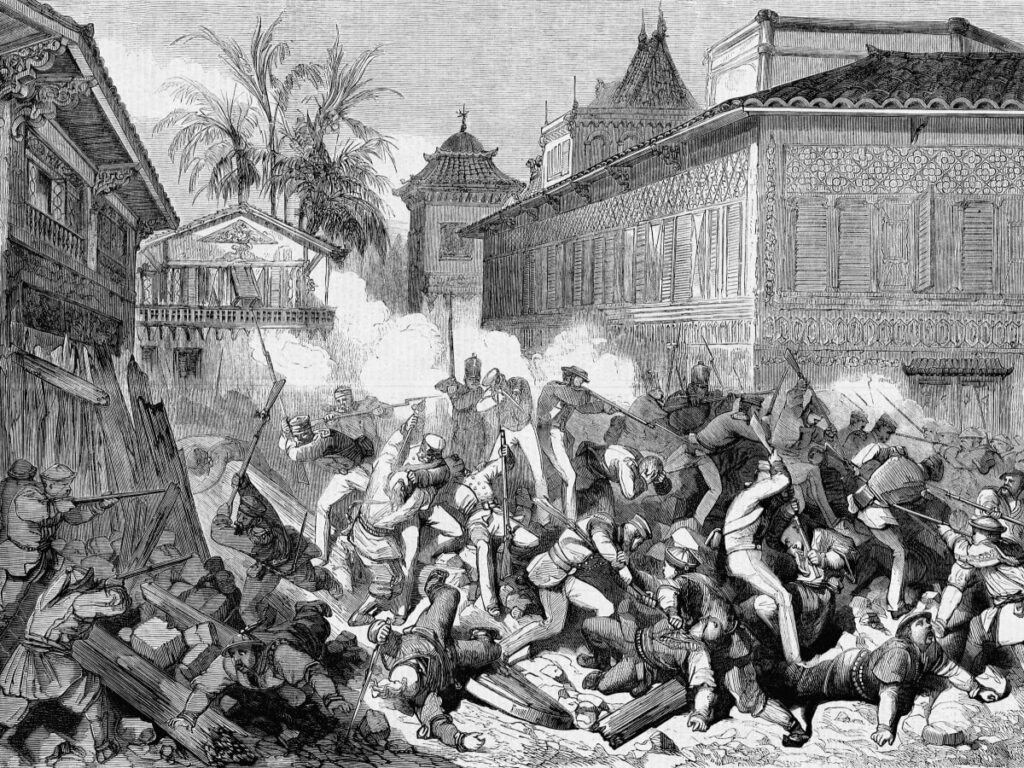The people’s lack of trust in the new emperor of the Qin Dynasty established its end, with the Chen Sheng Wu Guang uprising becoming one of the many revolts that occurred during the reign of the Qin.
The harsh law of the Qin Dynasty that deemed to execute latecomers fueled the peasants’ anger, sparking the peasants’ need to revolt since rebellion had the same punishment as being tardy.
The Qin Dynasty
Even though the Qin Dynasty only lasted for a short period from 221 to 206 B.C., they had already impacted the following dynasties through their esteemed legacies. The Qin Dynasty became the first to build a whole empire within China, and since 230 B.C., they were already dominating many states of the Zhou Dynasty.
The leaders among the Qin Dynasty had no doubts about themselves as they held the belief that they were the true successors to the Zhou States. Their perseverance aided them through the passing of the centuries, stabilizing their political and diplomatic relations through marriages and other means. (Source: History)
The Advancements Within the Qin Dynasty
The Qin Dynasty undoubtedly made many developments with the Qin Dynasty unification. The most significant being the national standardization of non-alphabetical written script. This revolutionary written text made the act of writing and the keeping of records to be substantially more convenient.
Regardless of the language, the standardized text guaranteed various parts of the empire to have a shared mode of communication. Moreover, the new script also became a catalyst for a new academic institute’s establishment that superintended all texts.
Weights and measures were also standardized during the Qin Dynasty, consequentially making trading and dealing easier. Following this, the systematization of the form of currency occurred through the usage of bronze coins.
Wonders of engineering were also abundant within the Qin empire, such as the Great Wall of China’s construction and the esteemed and complex Straight Road. (Source: History)
The Chen Sheng-Wu Guang Uprising
The Cheng Sheng-Wu Guang revolt eventually led to the quick end of the Qin Dynasty, and it was the first large-scale peasant uprising of many within Chinese history.
The secret of the passing of Emperor Qin Shi Huang in 210 B.C. started it all. When Zhao Gao forged a letter in Qin Shi Huang’s name to the crown prince, Fu Su, to commit suicide, Hu Hai became the emperor. The death of the former emperor remained a secret. Hu Hai’s reign sparked revolts among the peasants and the old nobles.
During 209 B.C., Hu Hai commanded a group of 900 people from the Huaihe River to go to Yuyang to establish a form of defense. Within the massive group, army officers Chen Sheng and Wu Guang stood as leaders to guide the soldiers.
Hindered by the flooding of a rainstorm, the soldiers already saw their fate of being late to Yuyang. Unfortunately, a cruel law of the Qin Dynasty stated that those who attended behind schedule for public jobs, regardless of the reason, were to be executed. The evident unfairness fueled the people’s anger, leading to a revolt among the people.
Chen Sheng and Wu Guang gained the support of the people, and soon, they became the leaders of the uprising. Within months, their numbers continued to increase, totaling an army of 10,000, with most of the members being peasants.
The end of the Chen Sheng and Wu Guang started when both leaders died due to an ordered assassination. Their revolt soon ended as the soldiers of the Qin defeated the army of peasants.
The famous uprising of Chen Sheng Wu Guang aided in the downfall of the Qin Dynasty. The Qin Dynasty reached its end when it became the victim of its corruption, making the masses have nothing but distrust for the new emperor. (Source: China Culture)
